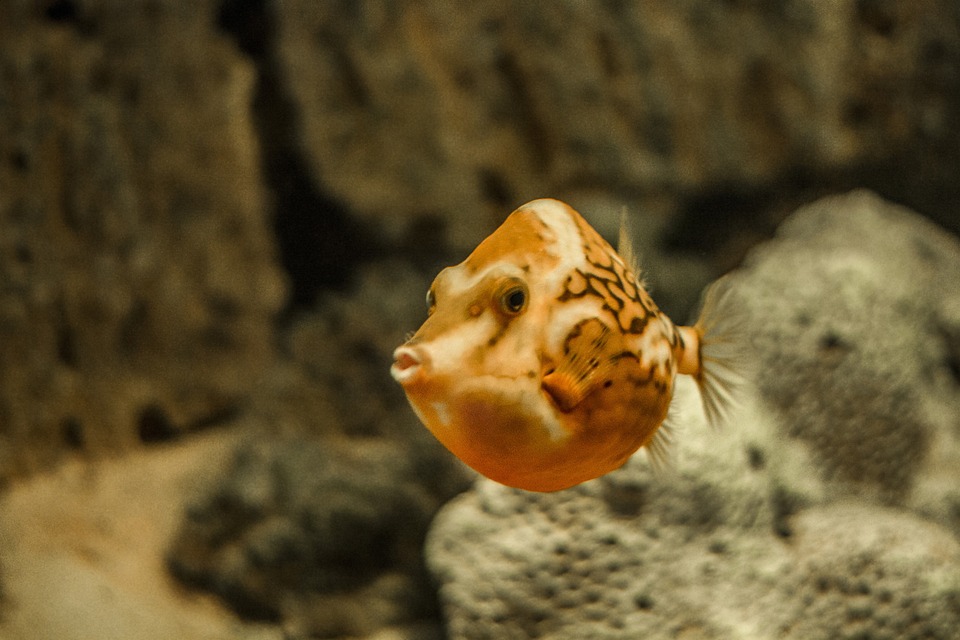Keeping our fish healthy is of utmost importance to their overall well-being. Fish, just like any other living organisms, are prone to various health issues, including fungal infections. These infections can cause significant harm to our aquatic companions, leading to discomfort, illness, and even death. To combat this problem, fish tank antifungals are often used as a treatment option. In this article, we will explore the use of fish tank antifungals for certain fungal infections, their types, proper usage, and answer some frequently asked questions.
I. Understanding Fish Fungal Infections
A. What are fungal infections in fish?
Fungal infections in fish are caused by various types of fungi that can affect different parts of their bodies, including the skin, fins, gills, and internal organs. These infections can be caused by poor water quality, improper nutrition, injuries, or stress.
B. Common signs and symptoms of fungal infections
Some common signs of fungal infections in fish include white or gray cotton-like patches on the skin or fins, frayed or disintegrating fins, rapid breathing, loss of appetite, lethargy, and behavioral changes.
C. Identifying the causes of fungal infections
Identifying the specific cause of fungal infections in fish can be challenging, as multiple factors can contribute to their development. However, maintaining a clean and stress-free environment, providing proper nutrition, and ensuring good water quality can help prevent these infections.
II. Types of Fish Tank Antifungals
A. Over-the-counter antifungal medications
Over-the-counter antifungal medications are readily available at pet stores and aquarium supply shops. These medications usually come in liquid or powder form and contain active ingredients that combat fungal infections. They are easy to administer and are suitable for mild to moderate infections.
B. Natural remedies for fungal infections
Some fish owners prefer using natural remedies to treat fungal infections. These can include the use of tea tree oil, salt baths, or herbal extracts. However, it is important to note that natural remedies may not always be as effective as conventional antifungal medications.
C. Prescription antifungal medications
In severe cases or when over-the-counter treatments fail, veterinarians or aquatic specialists may prescribe stronger antifungal medications. These medications are typically more potent and require careful administration and monitoring.
III. Proper Usage of Fish Tank Antifungals
A. Preliminary steps before using antifungals
Before starting any antifungal treatment, it is essential to identify the specific type of fungal infection and ascertain the severity of the condition. This can be done by observing the fish’s symptoms and seeking professional advice if needed.
B. Dosage instructions and administration techniques
It is crucial to carefully follow the dosage instructions provided with the antifungal medication. Overdosing or underdosing can be detrimental to the fish’s health. The medication can be administered directly into the water or mixed with food, depending on the type of antifungal.
C. Duration of treatment and monitoring progress
The duration of treatment varies depending on the severity of the infection and the type of antifungal used. It is important to complete the full course of treatment even if the fish shows signs of improvement. Regular monitoring of the fish’s progress is necessary to ensure that the infection is completely eradicated.
IV. Precautions and Recommendations
A. Ensuring proper water conditions
Maintaining optimal water conditions is crucial for the well-being of fish and to prevent fungal infections. Regular water changes, proper filtration, and monitoring of water parameters such as temperature, pH, and ammonia levels are essential.
B. Minimizing stress during treatment
Fish that are undergoing treatment for fungal infections may experience stress. It is important to minimize additional stressors such as overcrowding, sudden changes in water conditions, or aggressive tank mates.
C. Quarantining infected fish
When a fish is diagnosed with a fungal infection, it is advisable to quarantine it in a separate tank to prevent the spread of the infection to other tank inhabitants. This also helps in closely monitoring the fish’s progress and administering the treatment more effectively.
V. Frequently Asked Questions (FAQs)
A. Can fish tank antifungals harm other tank inhabitants?
When used as directed, fish tank antifungals are generally safe for other tank inhabitants. However, it is important to carefully read and follow the instructions provided with the medication to ensure the safety of all the aquatic organisms.
B. How long should I treat my fish with antifungals?
The duration of treatment varies depending on the severity of the infection and the type of antifungal used. It is important to complete the full course of treatment as prescribed by the veterinarian or aquatic specialist.
C. Can I use antifungal medications for preventive purposes?
Antifungal medications are generally used for treating existing fungal infections rather than preventive purposes. However, in certain cases, a veterinarian or aquatic specialist may recommend using antifungals as a preventive measure.
D. Are there any natural alternatives to fish tank antifungals?
Some fish owners prefer using natural remedies such as tea tree oil or salt baths as alternatives to conventional antifungal medications. However, it is important to note that natural remedies may not always be as effective in treating fungal infections.
E. Can I use antifungals in conjunction with other medications?
It is important to consult with a veterinarian or aquatic specialist before using antifungals in conjunction with other medications. Some medications may interact negatively, and professional guidance is necessary to ensure the safety and effectiveness of the treatment.
Conclusion:
Fish tank antifungals are valuable tools in the treatment of fungal infections in fish. By understanding the causes of these infections, choosing the appropriate antifungals, and following proper usage guidelines, we can effectively combat these infections and ensure the health and well-being of our aquatic companions. It is important to remember that severe cases may require professional advice and intervention. By maintaining a clean and stress-free environment, along with regular monitoring and preventive measures, we can prevent fungal infections and promote the overall well-being of our fish.









